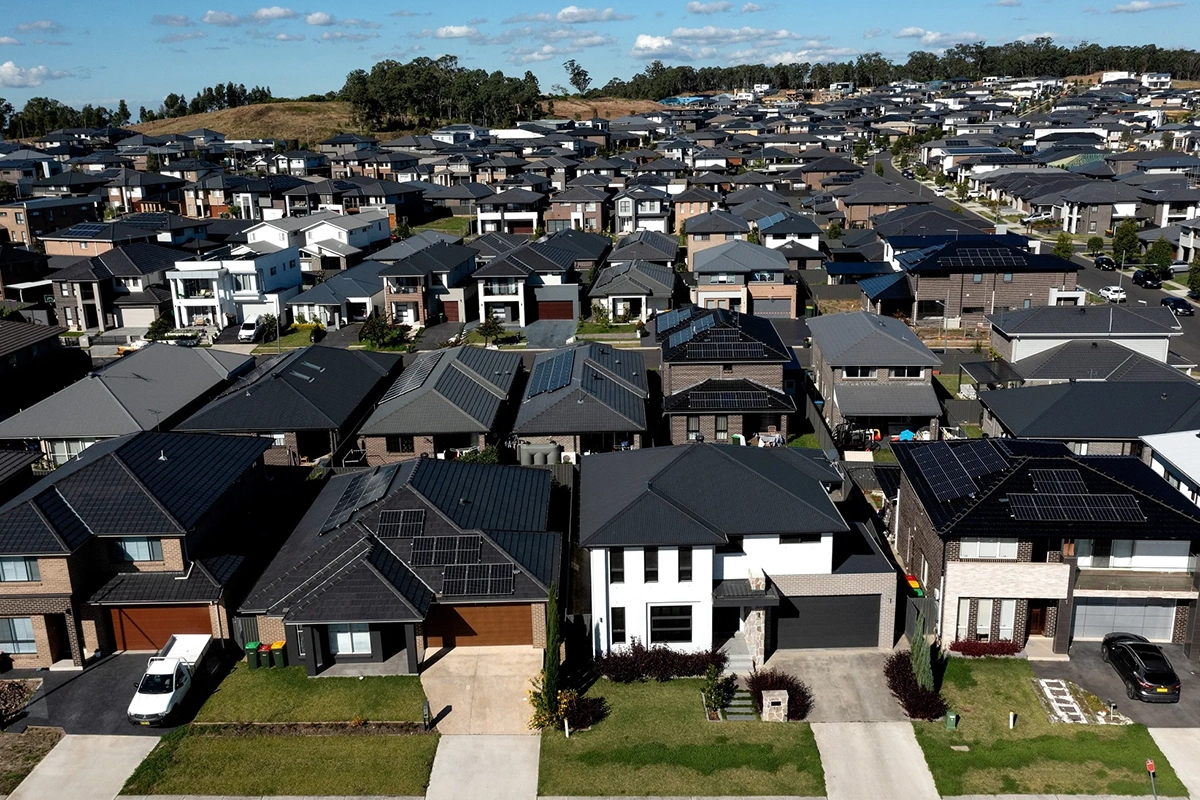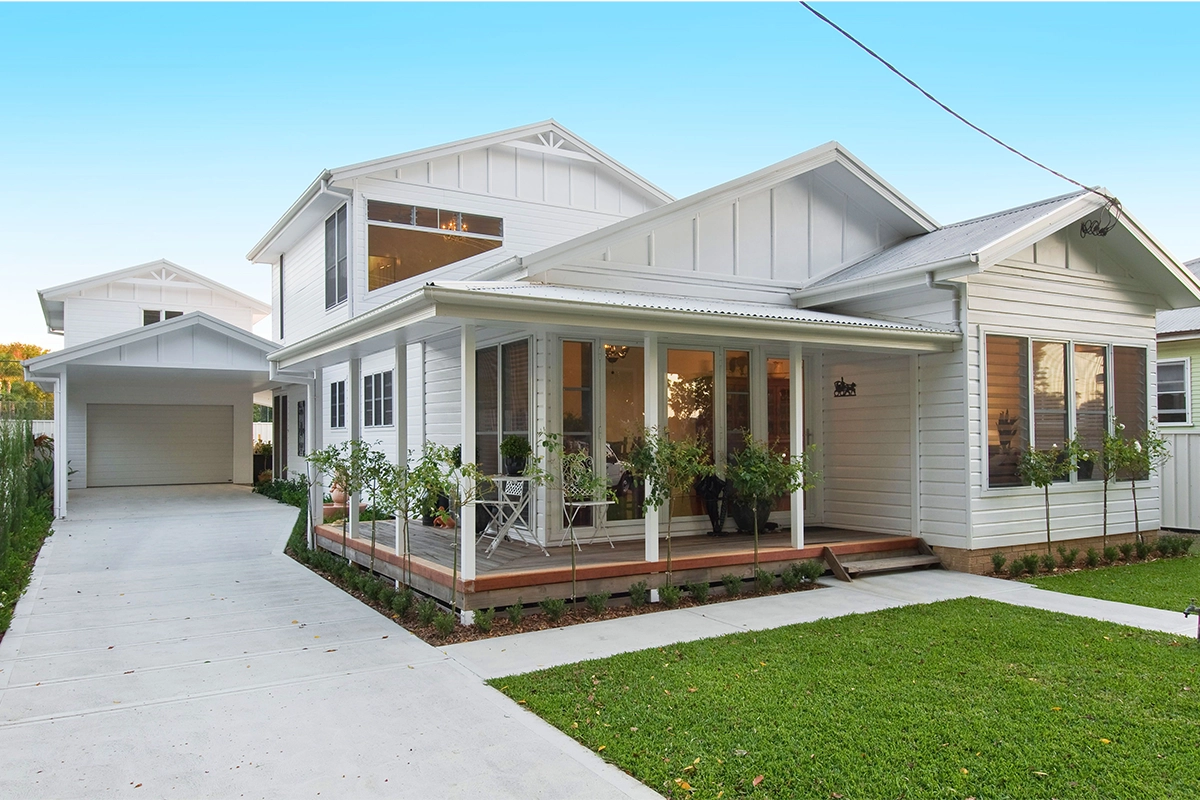
16 Aug Australian Home Prices Hit Record High: What the Latest Growth Means for Investors
Australian Home Prices Hit Record High: What the Latest Growth Means for Investors
Australia’s housing market has reached a new national peak, with property prices rising across every capital city and key regional areas in June 2025. This widespread growth, highlighted in CoreLogic’s most recent Home Value Index, confirms a powerful trend that has continued to defy earlier market concerns and interest rate pressures.
The national median home price now sits 8% above levels seen in early 2023, reflecting steady momentum in the property sector and growing demand across various buyer segments. From entry-level homes to prestige properties, rising values are being recorded across the board, reinforcing confidence among property stakeholders—from developers and builders to investors and owner-occupiers.
At a time when economic indicators show mixed signals, the property market’s strength offers a notable insight into consumer behaviour, housing supply limitations, and the resilience of the Australian residential sector.
All Capital Cities Experience Growth in June
June 2025 marked a significant milestone: all eight capital cities recorded price growth. Traditionally, capital city markets move in cycles, often driven by local economic conditions, migration patterns, and supply levels. Yet the latest figures highlight a rare moment of nationwide synchronisation.
- Sydney remains the country’s most expensive market, with a median dwelling value exceeding $1.15 million. Demand continues to be underpinned by constrained housing supply and strong migration-driven population growth.
- Melbourne saw moderate but steady increases, supported by investor activity and a renewed focus on medium-density housing in well-connected suburbs.
- Brisbane continues to deliver strong capital growth, bolstered by lifestyle appeal, infrastructure investment, and rising interstate migration.
- Adelaide and Perth remain standout performers in terms of value growth. With low stock levels and comparatively affordable price points, both cities are attracting increasing investor attention.
- Canberra, Hobart, and Darwin also recorded growth, with each capital showing signs of recovery and buyer confidence despite earlier dips or periods of stagnation.
This uniform national upswing indicates a broader pattern of resilience and demand strength, supported by both macroeconomic drivers and localised supply constraints.
What’s Driving Price Growth Across the Country?
The current market conditions reflect several converging factors that have helped lift property values across Australia.
1. Low Stock Levels
One of the key contributors to rising prices is the ongoing shortage of available homes for sale. CoreLogic data confirms that total listings remain well below the five-year average in most cities, particularly in Perth, Adelaide, and Brisbane. This supply-demand imbalance is placing upward pressure on prices and increasing competition among buyers.
2. Population Growth and Migration
Australia’s population is growing at its fastest rate in over a decade, driven by strong migration inflows. This is increasing demand for housing, particularly in urban and suburban areas with access to transport, employment, and education infrastructure.
Cities like Sydney, Melbourne, and Brisbane are absorbing the bulk of this growth, but regional centres are also experiencing spillover demand as people look for lifestyle and affordability options outside the capitals.
3. Tight Rental Markets
Rental vacancy rates remain at near-record lows, pushing weekly rents higher across much of the country. This is incentivising many renters to enter the property market as buyers, while also drawing investor activity back into the market in search of yield and long-term capital growth.
4. Stabilising Interest Rates
While interest rates remain elevated compared to the pre-2022 period, the Reserve Bank’s decision to hold rates steady in recent months has contributed to improved borrowing confidence. Many market participants are now adjusting to the new rate environment, allowing for more informed and confident purchasing decisions.
Regional Markets Remain Competitive
Beyond the capital cities, regional Australia is also experiencing upward momentum. In fact, regional areas in Queensland, New South Wales, and South Australia have all posted strong results, continuing a trend that accelerated during the pandemic years.

Lifestyle regions, in particular, remain in demand—driven by hybrid working arrangements and the appeal of coastal or hinterland living. Areas like the Sunshine Coast, Hunter Valley, and Barossa are attracting interest from both owner-occupiers and investors seeking alternatives to the higher-priced capital cities.
These regions offer a compelling value proposition: affordability, rental demand, and ongoing infrastructure investment. For investors, the balance of yield and growth potential in well-chosen regional areas remains a key consideration.
Investor Activity Rising Once More
Investor participation in the market is on the rise, contributing to the current cycle of price growth. Many investors are responding to improved rental yields, a stabilised rate environment, and the opportunity to capitalise on long-term demand fundamentals.
Data from the Australian Bureau of Statistics shows an increase in investor loan commitments over the past six months, particularly in Brisbane, Perth, and Adelaide. These cities combine affordability with tight rental markets, making them attractive for both established and first-time investors.
There is also growing interest in dual-income properties, townhouses, and boutique apartment developments—particularly in infill areas where demand for higher-density living is increasing.
Looking Ahead: Sustained Growth or a Market Plateau?
While home values have now reached new record highs, the pace of growth is likely to vary across markets in the months ahead. Affordability constraints, construction delays, and the potential for future rate adjustments may act as natural limiters to runaway growth.
However, the underlying fundamentals—population growth, housing supply shortages, infrastructure delivery, and demand for rental accommodation—suggest that property prices are unlikely to fall significantly in the near term.
Instead, a moderated growth trajectory is expected, with performance differing by city and by suburb. Investors and buyers are likely to place greater importance on localised data, infrastructure investment, and demographic trends when assessing opportunities.
Key Considerations for Property Investors
For those looking to enter or expand their property portfolio, the current market offers several insights:
- Suburb-Level Analysis Matters: With all capital cities growing, differentiating between high-demand, tightly held suburbs and those with oversupply risk is more important than ever.
- Rental Demand as a Key Driver: Low vacancy rates are supporting yields and tenant quality. Suburbs near hospitals, universities, and employment precincts are seeing the most consistent demand.
- Long-Term Trends Over Short-Term Hype: Focusing on infrastructure corridors, population migration patterns, and regional development zones can help identify sustainable investment locations.
Conclusion
The Australian property market has shown remarkable resilience and strength in 2025, with nationwide growth signalling broad-based buyer confidence and persistent housing demand. With all capital cities on the rise and regional markets maintaining momentum, the national outlook is one of cautious optimism.
As the market continues to evolve, informed decision-making based on data, trends, and long-term fundamentals remains essential. For those monitoring Australia’s housing landscape, the current cycle presents both opportunities and strategic entry points—particularly in areas aligned with infrastructure growth, lifestyle appeal, and tight supply.


